Fava Bean Seed

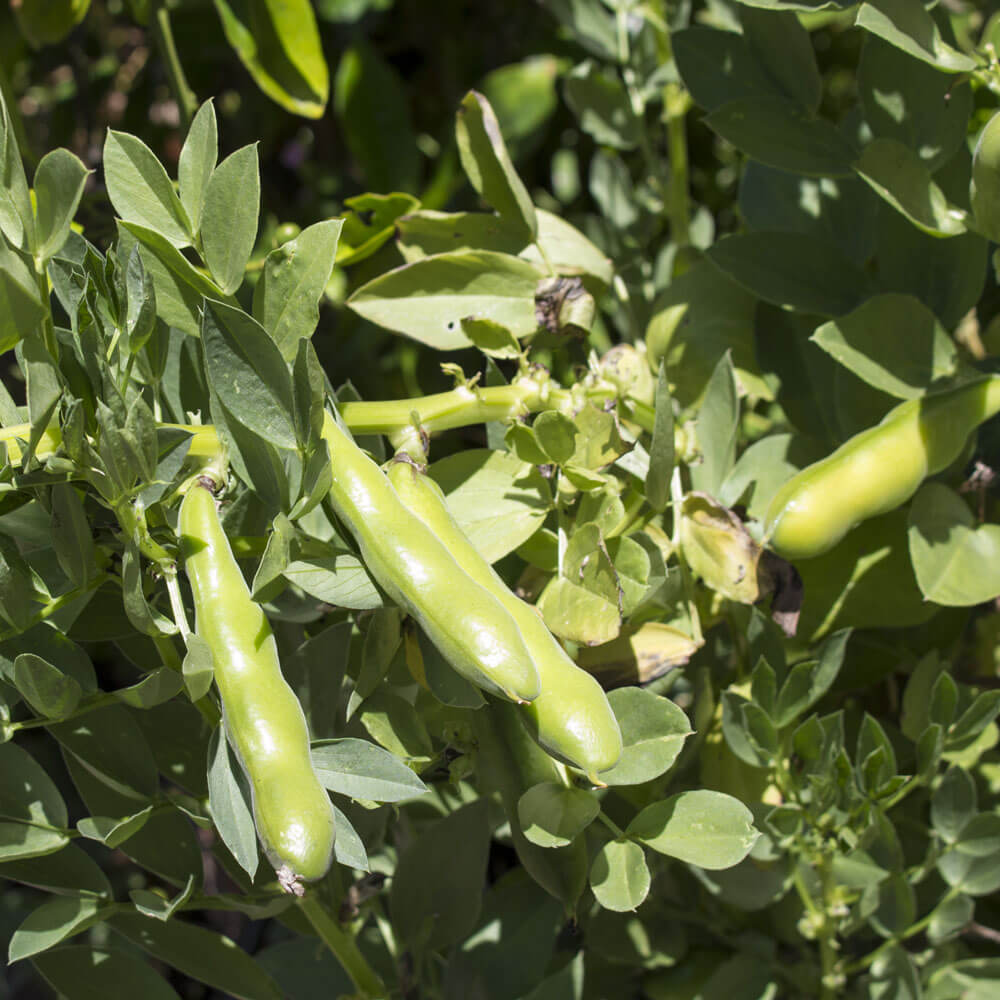
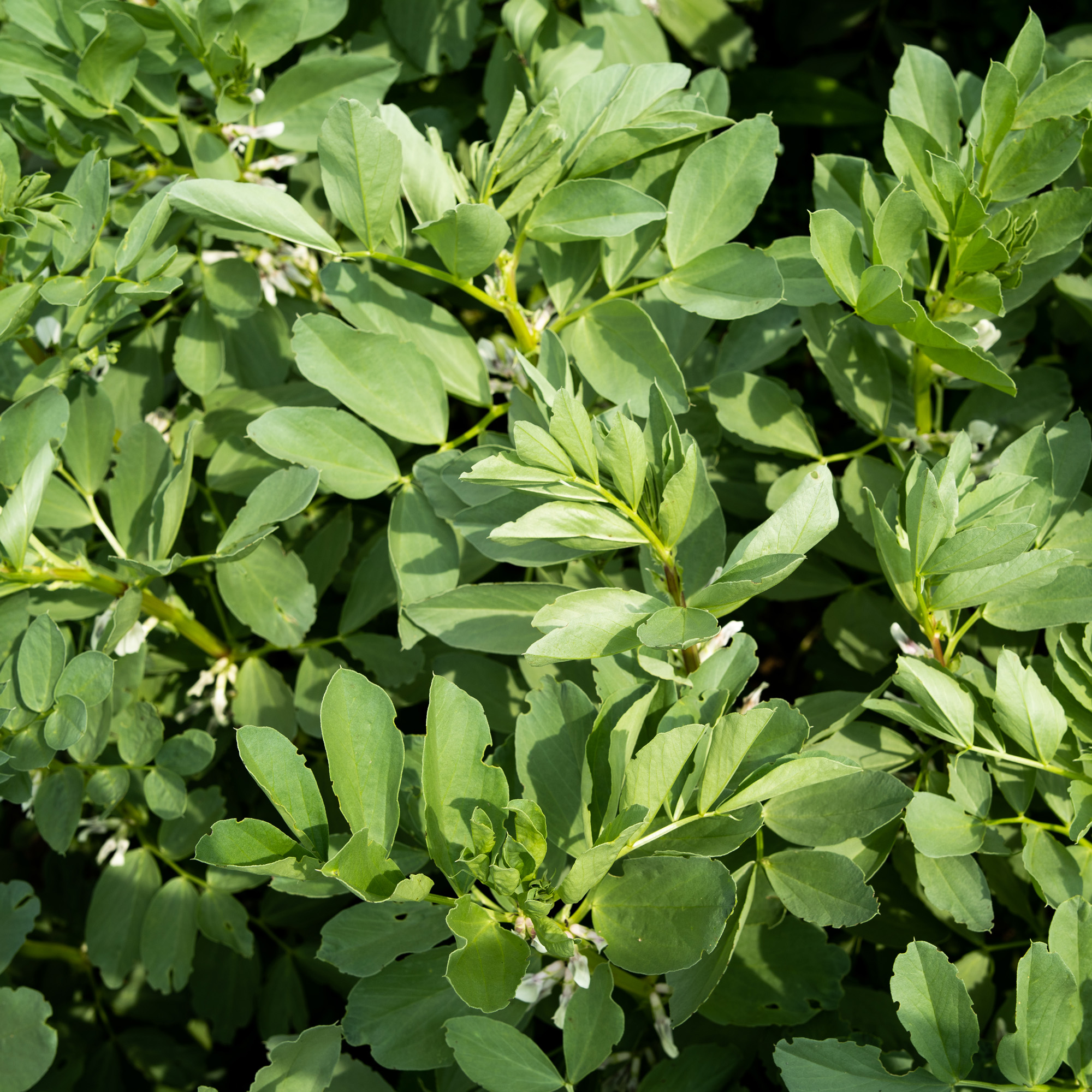
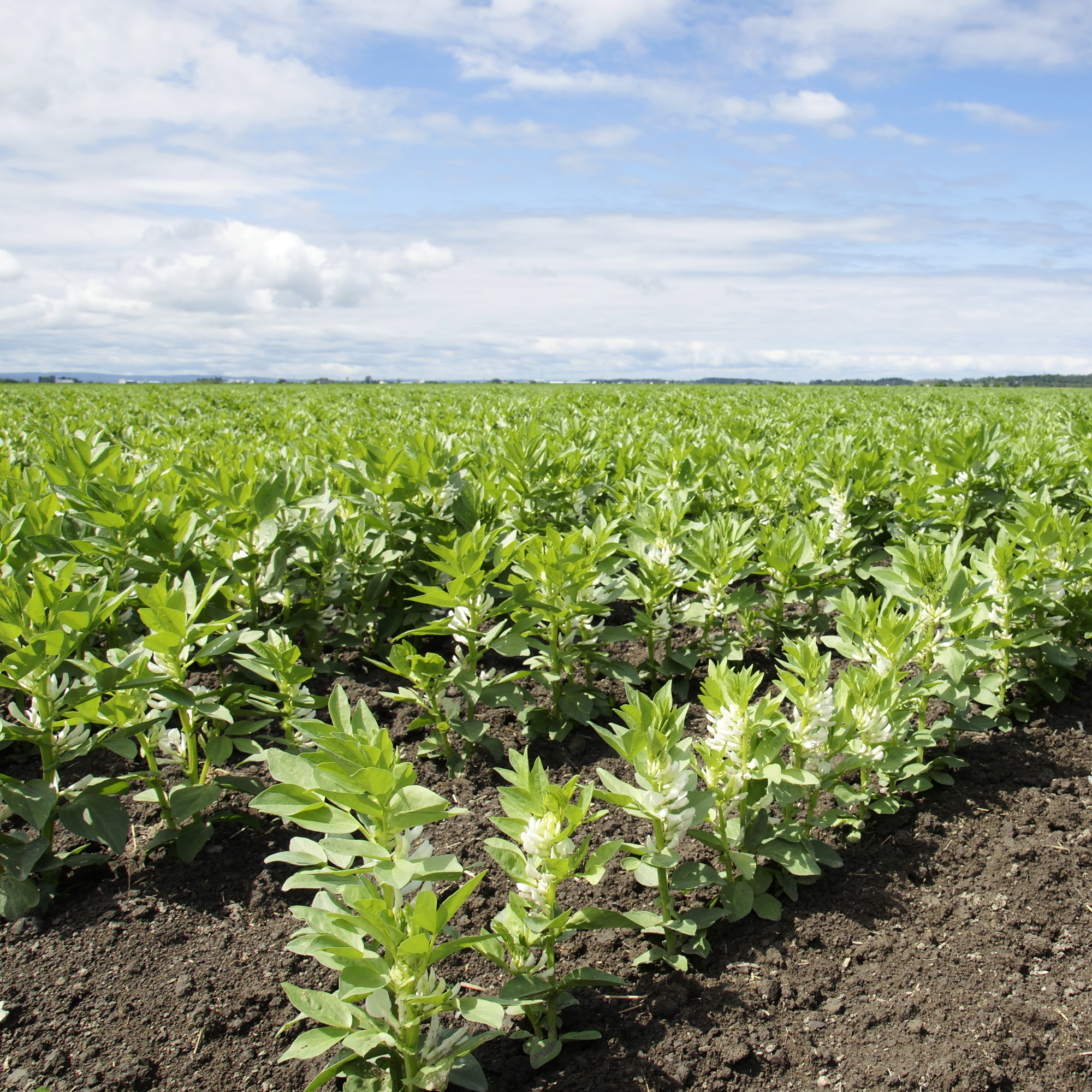
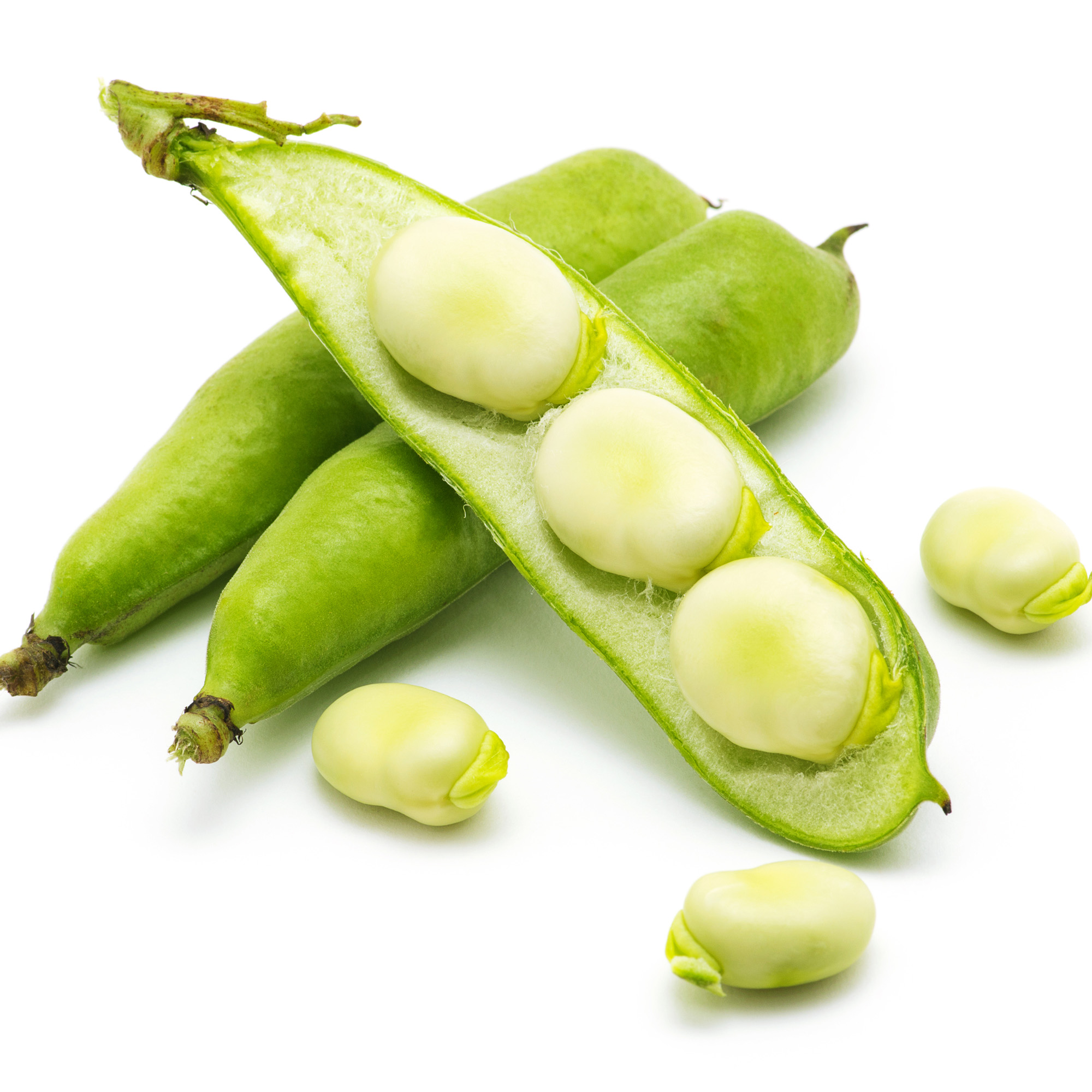
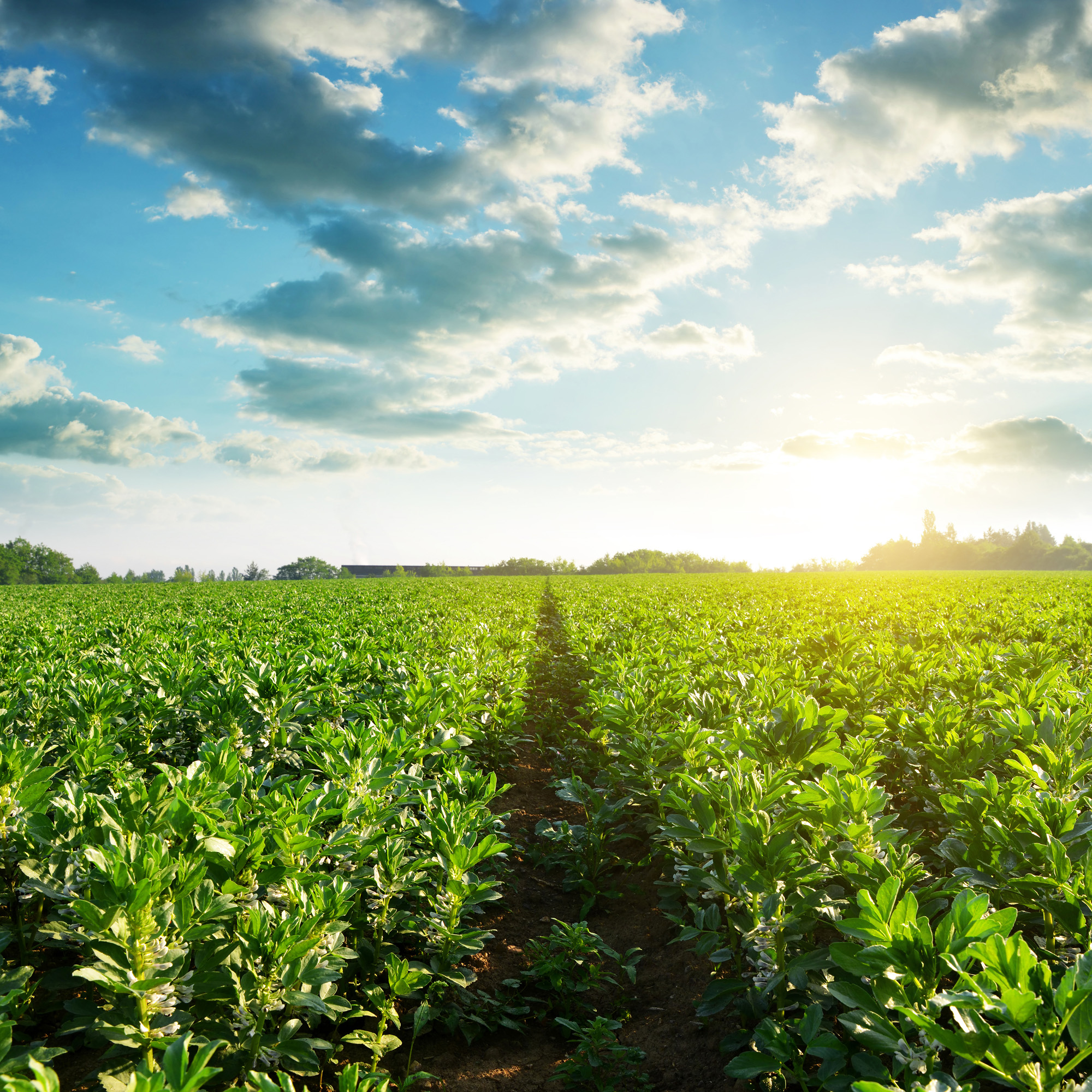
Fava Beans (Vicia Faba) - A relative of vetch, fava beans have erect, coarse stems and large leaves that grow into a bushy plant. This annual legume is also known as broad bean, field bean, horse bean, and Fababean. There are many varieties, even one for human consumption which is called Windsor bean. The cultivation of the bean dates back to early history where it is native to the Mediterranean region, especially Italy and Iran. In North America, Canada is the largest producer of Fava bean since they produce best in cool summer climates.
Our Fava beans are forage quality. They are not for human consumption.
Attract wildlife
Fava beans are extremely high in protein making them good for animal forage. They can be planted for deer plots and wildlife in late summer and early fall. The plants tolerate frost better than other grain legumes and stay green down to 20 degrees.

Cover crop seed | fava bean
How to use
The variety of faba bean which we carry has a variety of uses: winter or spring cover crop, green manure, silage, forage, or hay. It is an excellent winter or spring cover crop because it grows quickly and produces a great deal of lush foliage. The large amounts of biomass make Fava bean very attractive as a green manure crop with the green forage worked back into the soil as organic matter – improving the tilth of clay and sandy soils.
In addition, like most legumes, Fava bean plants are nitrogen fixers, and they replenish the soil with this vital nutrient. Many farmers use Faba bean in their crop rotation, plowing the plants back into the field after the growth has peaked for mulch. Planting time for cover crop use is September to November for winter cover; April for spring cover.
- Sowing Rate: 1 ounces plants a 4 - 10 foot row
- Average Germ Time: 7 - 14 days
- Attracts deer and rabbit
- Depth: 1 - 2 inches

Plant Specifications
The plants tolerate many different soil types – even acidic soils. Water logging is also tolerated better than other grain legumes such as chickpeas, field peas, lupines and lentils.. Planting depth is critical, since the hard, dry Faba bean seed takes longer to absorb water and germinate than common bean does. Deep planting is necessary to get the seed below the surface so it doesn’t dry out.
- Height: 4 feet
- Season: Cool season annual
- Deer Resistant: No































